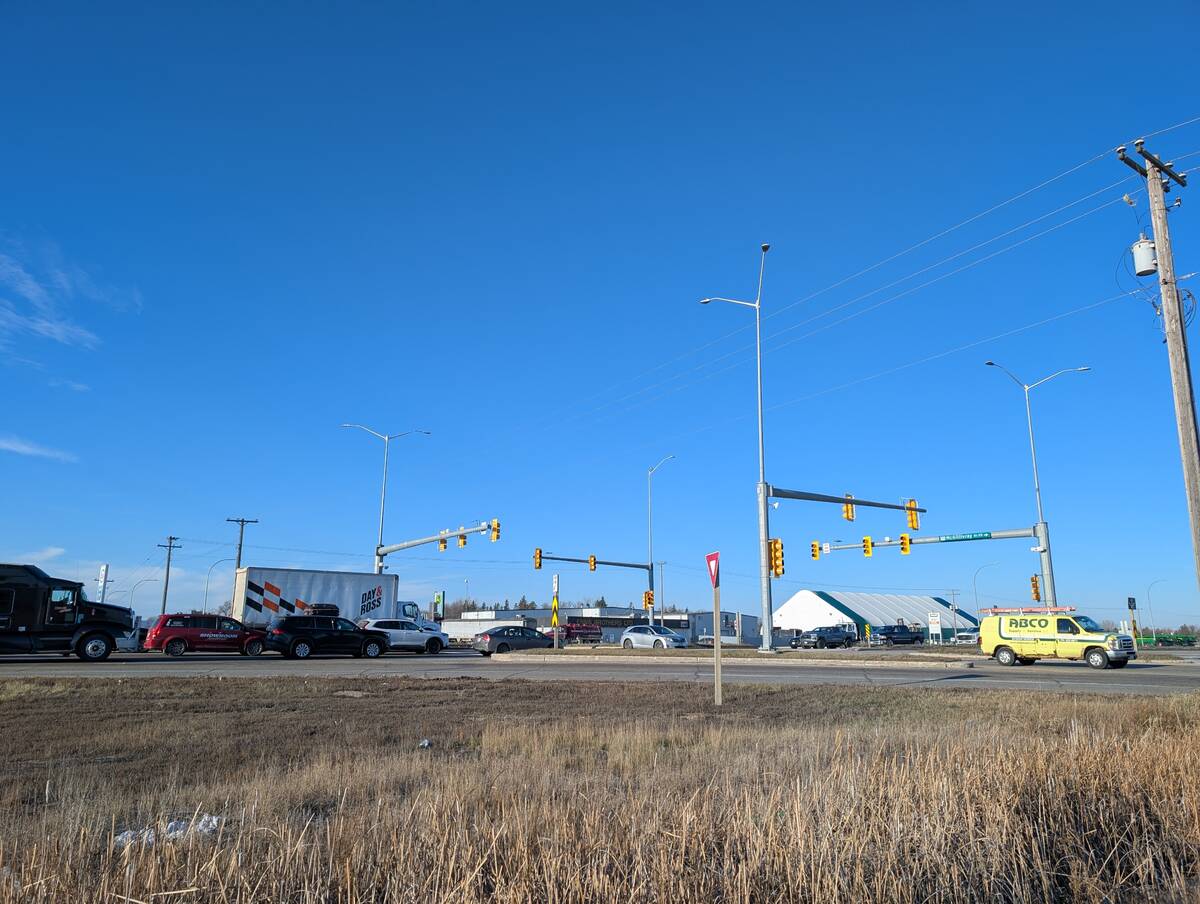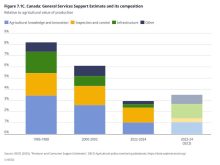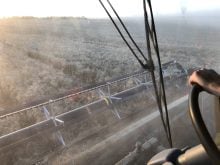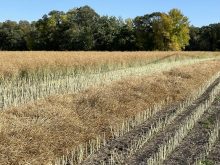With Ottawa planning to switch from bonding to insurance it’s time to dust off the Scott Wolfe Management report
The federal government’s plans to revamp the Canadian Grain Commission (CGC) include replacing the current bonding system with an insurance scheme to protect farmers when grain companies default on payments.
CGC spokesman Remi Gosselin says an insurance program will be cheaper for the grain industry and provide better protection for farmers.
More than three years ago, the Keystone Agricultural producers and several other farm groups commissioned Scott Wolfe Management to study various options.
The subsequent report, Evaluation of Producer Payment Security Programs, issued in the spring of 2009 didn’t pick a winner, but also didn’t rule out the current system.
Read Also

Manitoba farmers uneasy on expropriation
Farmland expropriation for Oak Bluff highway project brings process, farmer compensation concerns back to the fore.
“The grain-marketing environment may be at a point in time where producer payment security is most warranted,” the report said, alluding to increased price volatility and the worldwide credit crisis.
It also said whatever security program is adopted it needs to be mandatory.
“Buyers will not voluntarily provide producer payment security,” the report said.
“Mandatory participation would reduce the overall costs.”
The report also said there’s a role for “a regulatory authority to help ensure there is adequate producer protection in place.”
“Third-party administration is important to a complex and diverse industry.”
Some claim the current program is inefficient. Agriculture Minister Gerry Ritz has said it doesn’t work well enough, but CGC records suggest otherwise.
Between 2002 and 2008 farmers received 77 per cent of their money after a buyer failed to pay them. Out of nine cases farmers were 100 per cent compensated in six and in one they received 99.8 per cent.
In two cases farmers were not fully covered receiving just 28 and 51 cents on the dollar.
The report says since 1982, 20 CGC licensees have failed. Payments of $9.3 million were made with the security held by the CGC. The CGC was ordered by the federal government to pay farmers another $3.1 million, bringing total payouts of $12.4 million to an estimated 700 to 1,000 farmers.
Other grain buyers have failed, but there is no reported data on the extent of the failures.
The report said the CGC has made “considerable improvements” in recent years doing a better job monitoring and auditing grain buyers.
One of the criticisms of the current program is costs are hidden. The 2009 report put the cost of CGC security at $9 million — $1.4 million for CGC administration, $1 million for grain buyer administration and $6.6 million for companies to post security. The report says based on 40 million tonnes of grain being covered annually, the average cost is 23 cents a tonne.
Farmers don’t pay anything directly for the coverage, but they pay indirectly to offset the $7.6 million in grain company costs (19 cents a tonne) through lower grain prices.
“Under the current system, the CGC’s cost to administer the program is approximately $1.4 million, or $8,400 per licensee, or one-tenth of one cent per $1 of average total farm cash receipts,” the report said.
The report compares three other options to protect farmers — insurance, collecting money for a fund and a clearing house.
The report puts the cost of insurance at one cent to $10 a tonne; a fund, which is what farmers in Ontario have, could cost one cent to 20 cents a tonne, while the cost of using a clearing house could be 50 cents to $1 a tonne.
The report warns cost shouldn’t be the main factor in picking a program.
“Seeking the lowest-cost alternative may lead to selective use of producer payment risk management tools and place producers at significant risk of being paid,” the report said.















